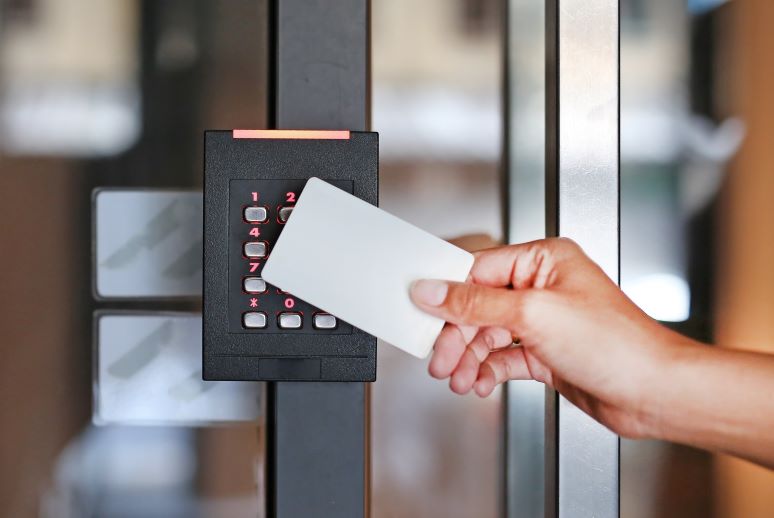COVID-19 has already begun affecting how enterprises design, equip, and use their facilities, and as the pandemic’s effects play out, we’ll see even more changes and perhaps even fundamental transformations. To get a sense of how much work enterprises have really done on upgrading their facilities for employee safety, I checked out a
survey run by Johnson Controls, the multinational producer of fire, HVAC, and security equipment. The company surveyed 150 U.S. executives from commercial, institutional, and industrial facilities in September. A few noteworthy findings:
Plans for building improvements
Top investments already made:
- Increase work schedule flexibility
- Perform an indoor air quality assessment
- Reduce occupant density
- Increase air filtration
- Install air treatment systems
Top planned investments include several of the above items as well as:
- Introduce touchless entry and access
- Add pre-scheduled occupant isolation rooms
- Introduce social distance tracking and tracing systems
- Increase outdoor air ventilation rates
- Recommission building systems and equipment
Minimal energy savings
Surprisingly, reduced office use hasn’t translated to major energy savings, the survey found. “During the pandemic, less than 10% of organizations have experienced an energy use reduction of greater than 20% despite significantly reduced building occupancy,” according to the survey report. About two-thirds of respondents reported energy reductions of 0 to 20%. These small reductions relative to the exodus of workers may relate directly to the new measures being installed; the report states: “Increasing outdoor air ventilation and air filtration can significantly increase energy use depending on building type and locations.”
The survey seems to offer encouraging signs about enterprises’ readiness to bring workers back into facilities that have been upgraded for employee safety, on schedules meant to abide by social distancing. More than 60% of respondents had already implemented schedule flexibility, reduced density, and indoor air quality assessment. About half had already invested in indoor filtration and treatment systems, with close to 30% more saying these steps were planned.
When workers will be ready to come back is another matter. Infections rates are once again climbing in the U.S. and many other countries, meaning even modest-scale return-to-office efforts are likely to be put on hold yet again. That will give enterprises more time to implement the measures that promise to keep workers safe whenever they are able to return. It’ll also give enterprises more time to refine and implement plans that many have under way, to scale back on their office footprint both to save money and accommodate employees’ preferences for more flexibility in where they work each day.





